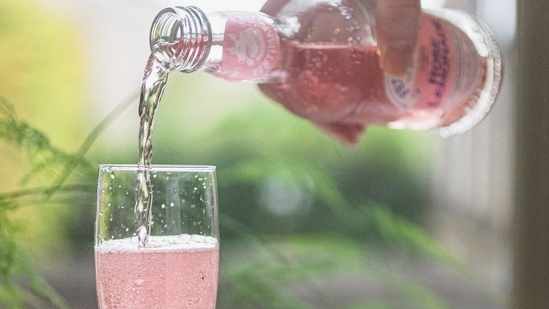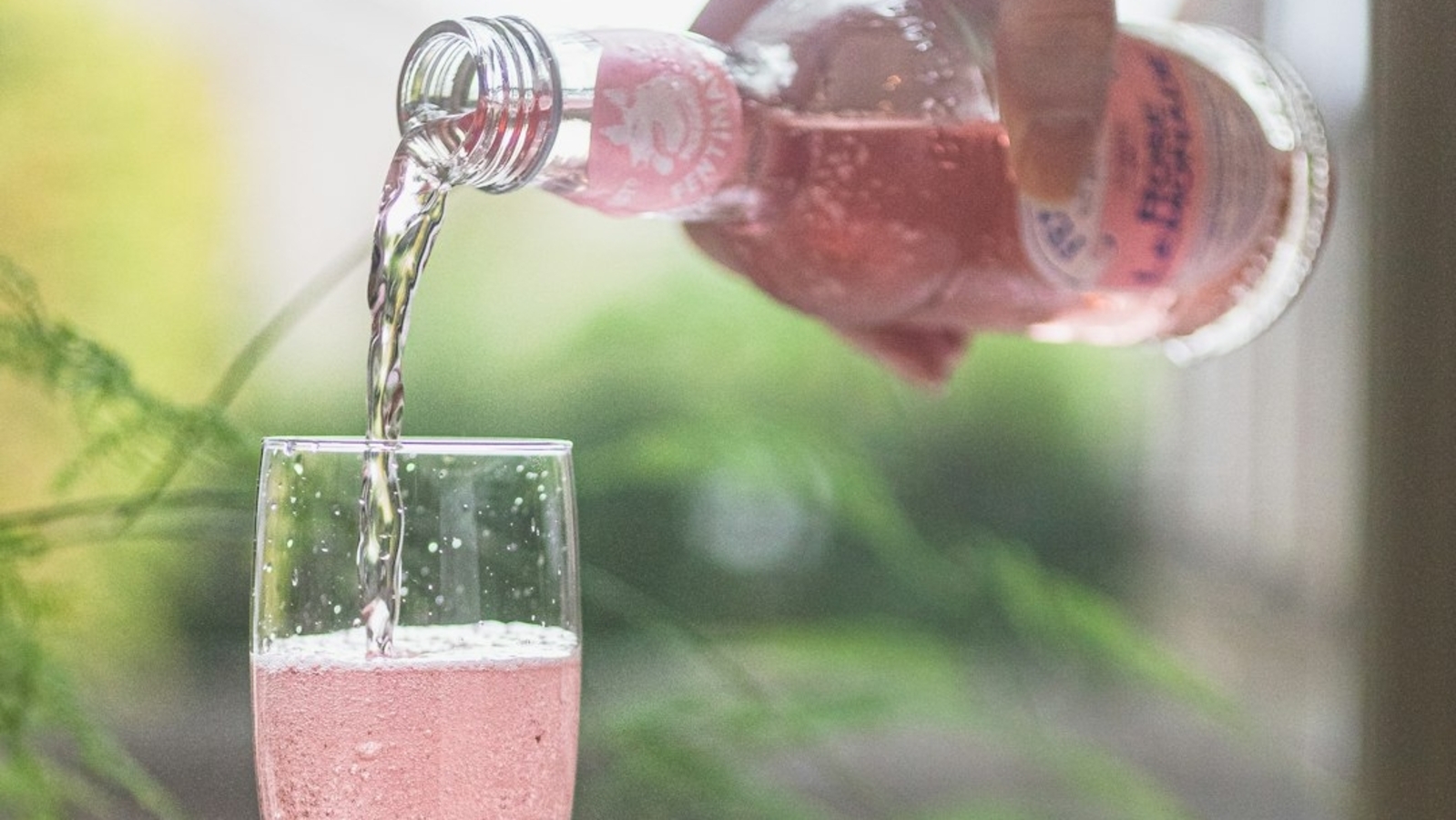As a massive heatwave continues to blanket much of the United States, public health experts are urging residents to take critical precautions to avoid the growing dangers of extreme heat exposure. According to The Lancet, extreme heat is one of the most deadly weather-related threats in the country and is known to significantly raise risks of heart complications, dehydration, mental health issues, and adverse outcomes for pregnant women.
 Here are a few tips to keep yourself safe and cool as dangerous heatwave sweeps across the United States
Here are a few tips to keep yourself safe and cool as dangerous heatwave sweeps across the United States
The ongoing heat dome has pushed temperatures past 100°F in multiple states, triggering heat alerts from coast to coast. Officials have warned that elderly people, young children, outdoor workers, and people without access to air conditioning are at the greatest risk.
Hydration and clothing matter more than you think
To protect yourself in extreme heat, the Centers for Disease Control and Prevention (CDC) recommends drinking water every 15–20 minutes, even if you don’t feel thirsty. This adds up to roughly 24 to 32 ounces per hour when outdoors or active. Healthcare providers caution those on fluid-restricted diets to consult their doctors first.
Equally important is your clothing. Experts advise choosing loose, light-colored, and breathable fabrics that reflect sunlight and heat. Avoiding dark or tight clothing can help your body stay cool. Sunburn, often overlooked, can also make it harder for your body to release heat, so keeping skin covered and applying sunscreen is key.
Stay indoors, cool down your home, and use fans wisely
The hottest part of the day usually falls between 12 p.m. and 4 p.m. During this time, staying indoors is essential. If you must go outside, stay in the shade and take frequent breaks. Inside, block heat by closing windows, drawing curtains, and turning off heat-producing appliances. At night, open windows to let in cooler air.
If you have access to air conditioning, use it for at least a few hours a day. For those without AC, many local governments open cooling centers at libraries, community halls, and schools. Fans can help, but only under specific conditions. When outdoor temperatures are below 104°F, fans create airflow that cools the skin. Above that, fans may do more harm than good by circulating hot air without actual cooling.
Know the signs of heat exhaustion and stroke
Health complications from extreme heat often begin with mild symptoms like muscle cramps, thirst, or fatigue. If untreated, this can progress to heat exhaustion or even heat stroke – a potentially fatal condition.
According to experts, early symptoms include clammy skin, lightheadedness, headache, and nausea. Seek medical attention immediately if these occur. If someone shows signs like confusion, red or dry skin, a body temperature over 103°F, or loss of consciousness, call 911 immediately. Heat stroke can cause permanent damage to organs, including the brain. It’s critical to act fast.
Avoid alcohol, take cool showers and lower indoor heat load
Experts also recommend limiting alcohol and sugary drinks, which contribute to dehydration. Instead, drink water or electrolyte-rich fluids. Fruit-infused water is a hydrating alternative.
A cool shower, wet towels, or misting with cold water can lower body temperature. Wearing damp clothing may also help in extremely high temperatures. Turning off unneeded electronics and avoiding oven use can reduce the internal temperature of your home. Closing off unused rooms can also help manage indoor heat.
Scorching temperatures raise concerns
With nearly half the world’s population now exposed to high temperatures regularly, studies show that about one-third of people suffer negative health effects due to heat. The issue is not just one of comfort – it’s about life and death.
Increased heat is also linked to reduced work capacity, impaired thinking, and higher accident rates, especially in outdoor labor. As climate patterns shift, experts warn that extreme heat events may become more frequent and intense. Staying cool isn’t just about comfort – it’s a critical safety measure. Make hydration, shade, and awareness your priorities during heat waves.
FAQs:1. What are the first signs of heat exhaustion?
Clammy or pale skin, fatigue, headache, nausea, and dizziness are early signs.
2. How much water should I drink in a heatwave?
Roughly one cup every 15–20 minutes when outdoors or active.
3. When should I call 911 for heat illness?
If someone has a body temperature over 103°F, red or dry skin, confusion, or passes out, seek emergency help.
4. What if I don’t have air conditioning?
Spend time in public spaces with AC like libraries or cooling centers. Use fans only when the temperature is below 104°F.
